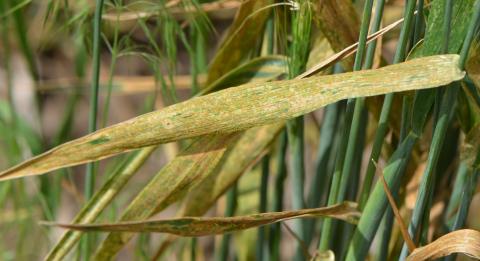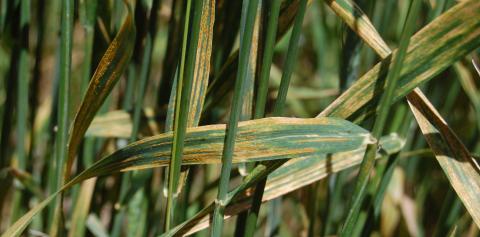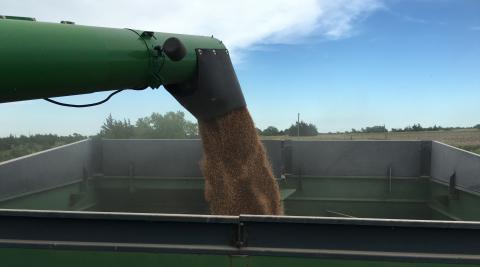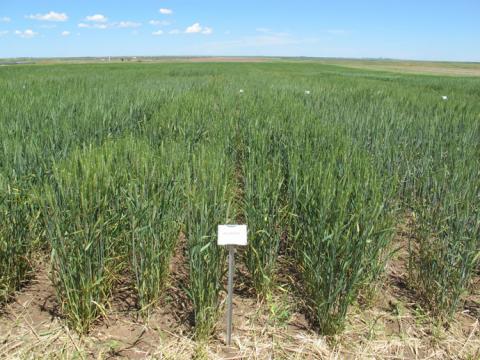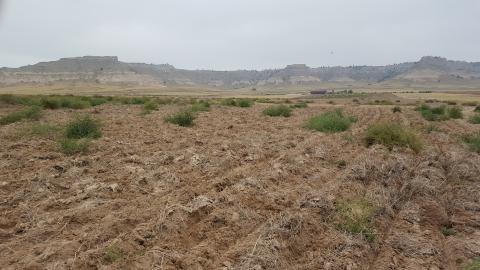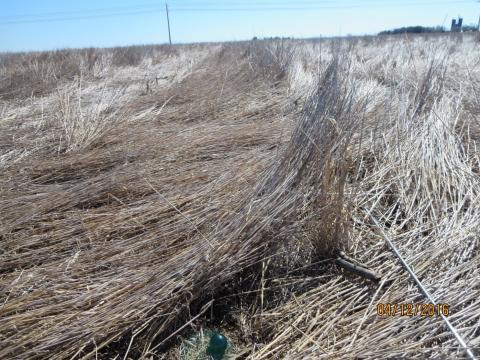Stripe Rust in Wheat
September 2, 2016
This is from a four-part series on stripe rust's history and geographic distribution, biology and life cycle, causes of recent severe epidemics, and management options. Find all the stories on the UNL Panhandle Research and Extension Center website under Panhandle Perspectives.
Wheat Insects in 2016
September 1, 2016
The wheat stem sawfly continues to be the predominant insect in wheat and has now been verified in all Nebraska Panhandle counties as well as counties in southwest and south central Nebraska.
Nebraska 2016 Wheat – High Yields, Low Protein
September 1, 2016
Environmental conditions, management, and genetic differences played a role in why protein content in the 2016 wheat crop was lower than normal. Wheat protein develops as the plant converts nitrogen from the soil into amino acids. See what conditions led to low protein this season and how to address it for next year's crop.
2016 Winter Wheat Varieties for Nebraska
September 1, 2016
Recommendations for identifying and selecting wheat varieties best suited to your location, based on variety trial results, and other factors to manage to achieve high yields.
What’s New in Wheat Genetics
September 1, 2016
See what new wheat genetics are recommended for your area of the state for 2016. These new opportunities can be used to help balance wheat trait profiles in your production system.
Fall Weed Control Options for Winter Wheat
August 31, 2016
Weed management is a long-term battle that needs to continue even in tight margin years.Although herbicide costs may seem prohibitive, it’s important to consider the long-term implications of limiting or eliminating the use of herbicides in crop production systems.Weeds left unmanaged after wheat harvest use valuable nutrients and water needed for the following year’s crop while producing seeds to replenish the soil seed bank.
The Value of Wheat in a Crop Rotation
August 31, 2016
Wheat is an important part of many crop rotations, adding value directly and often indirectly by aiding in soil water management and weed suppression, reducing erosion, and helping manage pest cycles. Consider wheat's value to your crop production system by looking at what it contributes over multiple years of the rotation.
